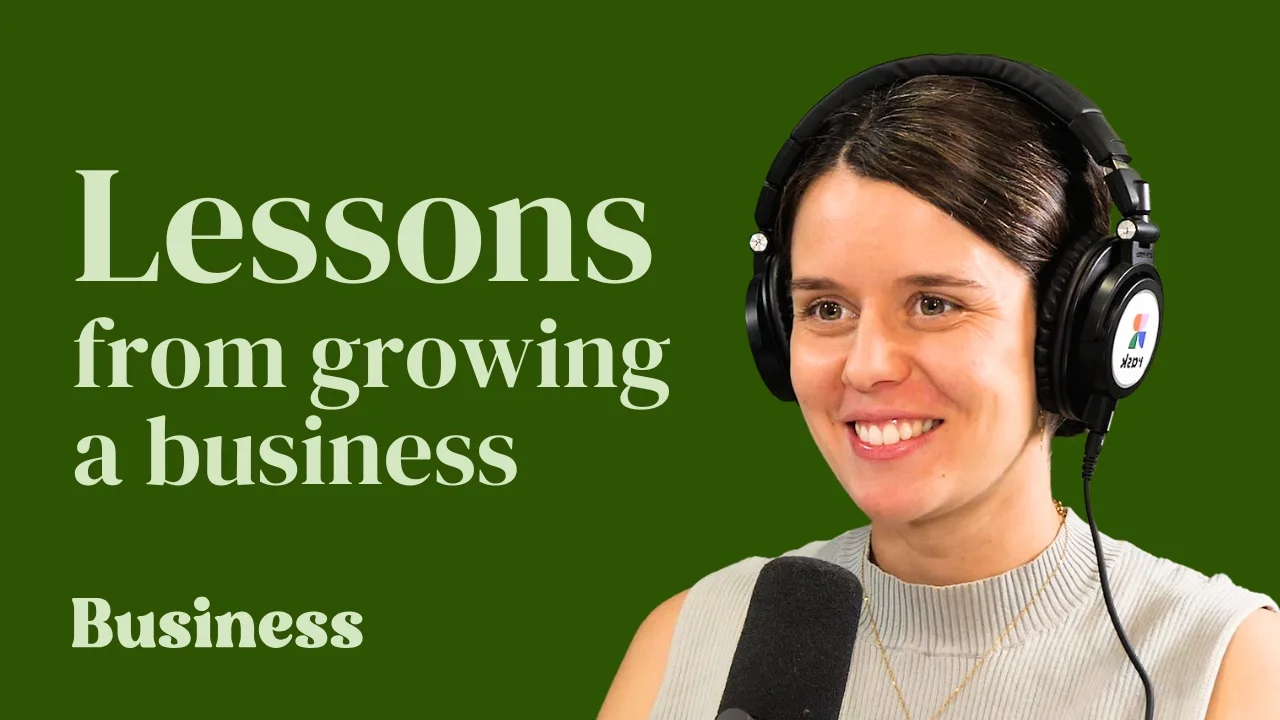This story is written for any financial planners or investment advisers looking to transition to an online business model in a very short period of time.
How Rask Australia started on a shoestring budget…
Today, Rask Australia’s online investment and financial advice network attract tens of thousands of readers every week, tens of thousands of listeners to our podcasts every month and an unstoppable and automated flow of new prospects.
The craziest thing about all of it is I started this business in 2016 from my in-law’s living room with only a basic computer and free cloud-based software. And the internet connection? It felt like dial-up!
Free tools are everywhere
I’ll be the first to tell you that I’m anything but a tech wunderkind. Our websites are created on WordPress, an open-source and free CMS. Our hosting provider charges a few hundred dollars a year and backs up our data, takes care of security, and will provide connections to local and international tech talent if we need something.
Our documents are stored on Google Drive, a freemium cloud-based tool with over 1 billion users worldwide.
There are many alternatives, from Microsoft 365 to Apple and Salesforce to industry-specific solutions. But take your time and consider the long-term implications before you marry your business to one or the other.
Our business is atypical because we’re a general financial advice business. We’re not planners. That means we actively avoid collecting user information. But if we ever do, the information is stored within our secure websites, or even better: it’s taken care of by existing industry-grade tools.
“We moved away from a physical server close to a decade ago and have never looked back,” Wattle Partners Director Drew Meredith told me. “All relevant documents are scanned and stored securely via Microsoft’s Azure Cloud platform, our emails run through Outlook and we access everything from anywhere in the world.”
“Many businesses would have entered this COVID-19 disruption with great concerns about how they can continue to service their customers to the same level, but by partnering with Microsoft the service has been seamless.”
Mapping the client journey during COVID-19
Workflows and customer journeys differ for every advice business, but it doesn’t take a lot of planning to make 90% of your tasks automated and slash the costs of servicing clients. Taking your per client cost from $3,000 to $1,500 puts a lot more in your pocket or will greatly expand your addressable market — or both.
As you tackle the headaches caused by COVID-19 quarantine and attempt to find new ways to add value to clients online, there are some very simple tricks and tools you can use to craft your marketing funnel and online workflow.
Your website’s home page should have a contact form or at least a very clear email/newsletter subscription form. This is where your transition begins. It’s also where your client starts his or her journey. First impressions count.
The website contact form should ‘talk’ to your MailChimp, Campaign Monitor and/or Salesforce account. If you’re vetting clients, you can log into your email software and in just a few minutes set a ‘trigger’ which responds to new newsletter subscribers. The automated email sends your new prospect a link that reads, ‘Welcome to our network, please take a moment to fill in our Welcome Pack online form. It usually takes less than five minutes.’
This very basic fact find could be an attachment, an online form (e.g. hosted by Google, SurveyMonkey, Microsoft or Salesforce) or it can simply prompt the prospect to respond via email. This is done so you can size them up. If you like what you see, you can begin to commit your time and energy to speak with the prospect via Skype, Hangouts or Zoom. Both offer free packages and are widely available without excessive downloads.
Improving your process
Emails are quickly — and rightly — becoming a thing of the past for modern businesses. When it comes to communication with remote team members there’s nothing worse than sifting through dozens of emails in one thread.
Microsoft Teams, Google Hangouts, iMessage, Slack and many other tools are freely available, secured by encryption and cloud-based, so you don’t have to take your work computer home with you. It bamboozles me when I hear of financial professionals refusing to make this migration. It’s a painless transition and the tools often integrate seamlessly with your existing software. Most importantly, these tools are more efficient for your team.
The real problem is, instant communication tools are probably too efficient — and distracting!
Kyle Frost, Director of Millenial Independent Advice, said some of his favourite digital tools include Noddocs, PractiFi and Calendly, for self-serve online appointments, Stackup.risk for risk profiling, PractiFi, and Samepage for customer collaboration and communication.
“My favorite cloud tools which have made working from home possible are Xplan / Microsoft Teams / Dropbox,” Vanessa Cullen of Wattle Partners told me.
“All three programs have allowed our team to stay connected to each other and our clients so that we can continue to progress while the outside world slows down.”
We could be here a while
All-in-all not much has changed for planners in recent months, aside from the medium of communication.
The most likely impact from COVID-19 on our industry is that if you haven’t already made the transition to online tools, and figured out how you will turn prospects into paying clients, you need to. Whether we like it or not, COVID-19 has ushered in a structural wave of doing business online.
[ls_content_block id=”18457″ para=”paragraphs”]






